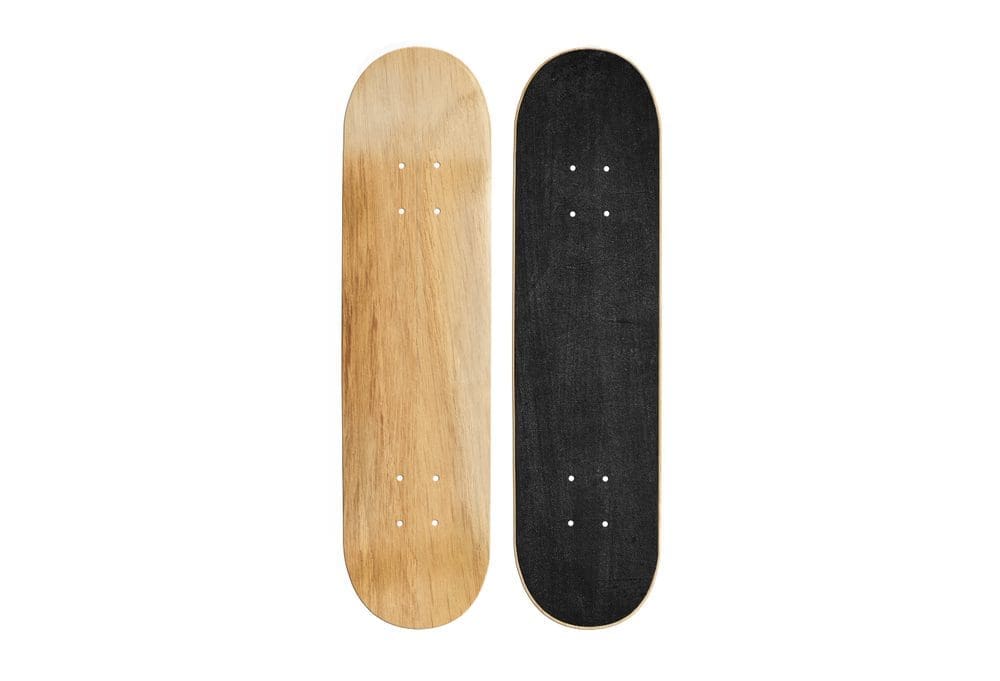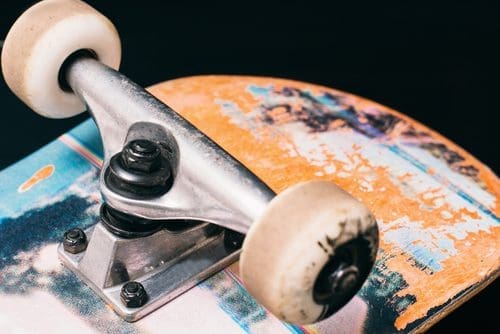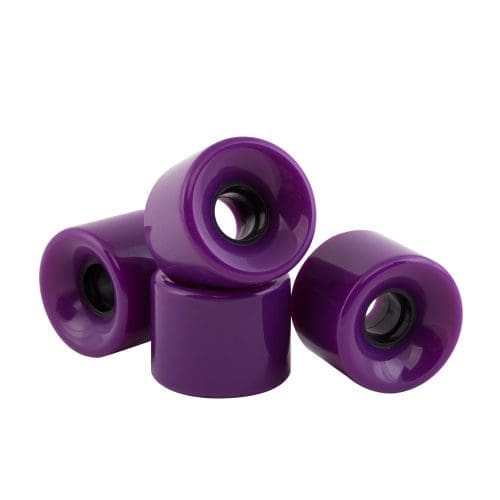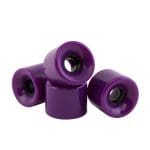
Picking a skateboard deck is one of a skater’s most essential choices. It will affect how the board feels and how it looks and performs. With all the different brands, shapes, sizes, and materials, it can take time to figure out where to start.
This blog post will help you make sense of it all and choose the best skateboard deck for you. We’ll cover the different types of decks, what to look for in a good deck, and some of our favourites on the market, and by the end, you’ll be ready to pick a skateboard deck that is perfect for you.
Decks come in a variety of shapes and sizes
When it comes to choosing a skateboard deck, there are a variety of shapes and sizes to consider. The width is essential in deciding which deck is suitable for you. Skateboard decks range in width from around 7.5 inches to 9.0 inches.
Regarding a width that is right for you, we recommend a skateboard deck with a width that is directly proportional to your shoe size. For example, if you wear a shoe size 9.5 or above, starting with a deck width between 8.0 to 8.5 inches is recommended.
If you are a rider who wishes to attempt all sorts of gnarly tricks, such as flip tricks, manuals, ledges, flat bars, and technical tricks, it is highly recommended that you choose a deck width on the narrower side, which will range from 7.75 to 8.75 inches.
On the other side of the spectrum, if you are a rider who likes to cruise or attempt gravity-defying jumps down stairways, you should get a deck width between 8,25 to 9 inches.
The length of the deck is also significant, but it is less critical than the width. Skateboard decks range in length from 28 inches to 32 inches. The length of the deck is measured from the nose to the tail.
The deck’s concave is another important factor when choosing a skateboard deck. The concave is the amount of curve in the deck from nose to tail. Concave can range from flat (no curve) to steep (a lot of curve). Most skateboarders prefer a moderate amount of concave for better control and stability while skating.
Now that you know about the different shapes and sizes of skateboard decks, you can start narrowing down your choices and find the perfect one.
Decks are made from different materials
There are a variety of materials that skateboard decks can be made from, each with its own set of benefits and drawbacks. The most common materials used for skateboard decks are wood, composite (plastic), aluminium and what holds it all together, glue.
Wood is the traditional material used for skateboard decks and is still among the most popular. It is usually made from 7-ply maple wood and is very durable. Wood decks can be susceptible to warping in high heat or humidity but offers riders a high degree of durability as they are tough to dent.
Composite decks are made from wood and plastic and are often more affordable than all-wood decks. They are also less likely to warp than wood decks but may be less durable overall. Additional composite materials are used in decks outside of aluminium, including nylon, fibreglass, foam, and many other artificial materials.
Composite material decks are lightweight and strong but can be more expensive than other options. They are also prone to denting more easily than maple wood.
Regardless of the material used, the face of the deck will always have grip tape applied to it, which will offer the rider traction while riding their board.
Decks have different concaves and noses
The shape of a skateboard deck can have a significant impact on the way it rides. Decks with different concaves and noses will feel very different when you ride them.
Concave is the curve of the deck from nose to tail. A deeper concave will make the deck more stable and easier to control at high speeds. A shallower concave will make the deck more nimble and easier to flip.
Nose shape is also essential. A wider nose will make the deck more stable, while a narrower nose will make it easier to do tricks.
So, when choosing a skateboard deck, think about what kind of riding you want. If you want to go fast and do big tricks, look for a deck with a shallow concave and a narrow nose. If you wish to cruise around and have fun, look for a deck with a deeper concave and a wider nose.
How to choose the right deck for you
When it comes to choosing a skateboard deck, there are a few things you need to take into consideration.
The first is the width and length of the deck and the desired concave calibrated to your riding style. You want to ensure that the deck is manageable for you.
The second is the weight of the deck. You want to ensure that the deck’s weight is light enough for you.
And finally, you want to ensure that the deck has good grip tape applied correctly so that you do not slip and fall while skating.
Conclusion
Choosing the right skateboard deck can be challenging, but choosing one that suits your riding style and personal preferences is essential. With so many different brands, shapes, sizes, and different material decks on the market, it can take time to figure out where to start. However, by following our tips and doing your research, you will be sure to find the perfect deck for you in no time.



